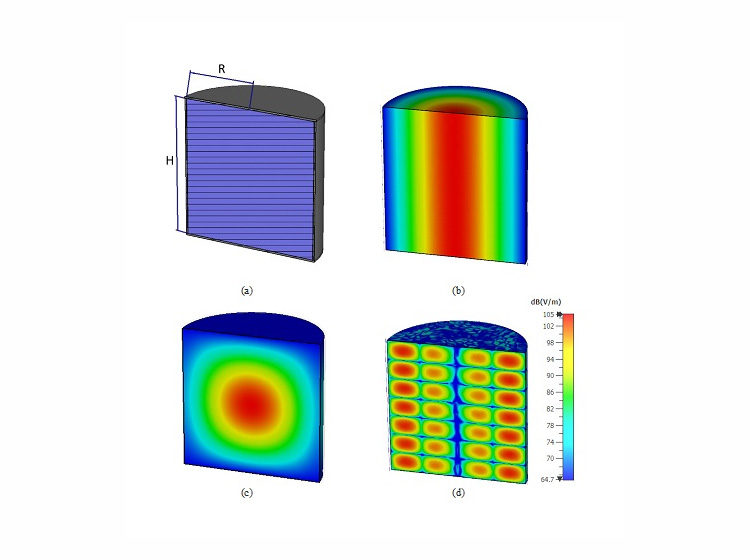Filters are essential to virtually all communication systems. Even though the fundamental principles of the operation of filters have been known since the second part of the 20th century, practical filter design still draws a great deal of attention from RF engineers and academia. Such is the significance of filters.
Of particular importance to modern filter design is not only excellent electrical performance, but also size and volume. This is principally true for filters operating at the lower end of the frequency spectrum (e.g., 700 MHz), where their physical volume and weight pose significant challenges to network equipment manufactures. In this regard, the need for excellent electrical performance inevitably increases the filter size. Consequently, RF filters tend to occupy a significant volume of a number of communication devices. In particular, cavity filters are still the mainstay in mobile cellular communication base stations, by virtue of their power-handling capabilities, cost effectiveness, good electrical performance (medium to high quality factor) and technological maturity. However, the attractive features of cavity filters are counterbalanced by an increased physical size and, equally importantly, weight. The bulky size can be alleviated at the expense of reduced electrical performance. For example, capacitive loading and a stepped resonant post are often deployed to reduce resonator profile, albeit at the expense of performance. Helical resonators can also be used to address the issue of bulky size.
In this paper, a new family of low-profile high quality factor cavity resonators, termed distributed resonators, is introduced. Initially, the theory of operation of the proposed distributed resonator is presented regarding two, three, and four coupled resonator elements. Based on this, a further-improved arrangement of resonator elements is proposed. It is shown that the height of the individual resonator can be controlled by the number of resonant elements and can be almost arbitrarily low. As an experimental verification, a three-pole filter operating at 1800 MHz with a bandwidth of 40 MHz is designed and fabricated. The individual resonator of this filter comprises 25 individual resonant elements, with an overall cavity height of 7 mm, or 15°, and an unloaded quality factor of 1900. The height of the presented filter is significantly lower than any other air-filled filter cavity solution available in the literature. The measured insertion loss of the filter is 0.5 dB, which is in excellent agreement with the theoretically predicted value of 0.4 dB.




Leave a Reply